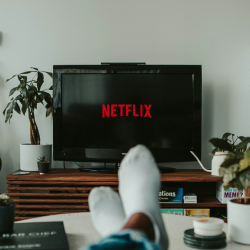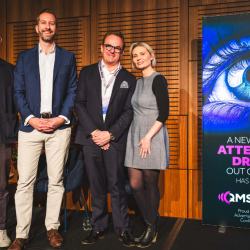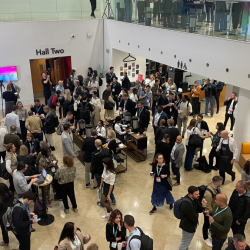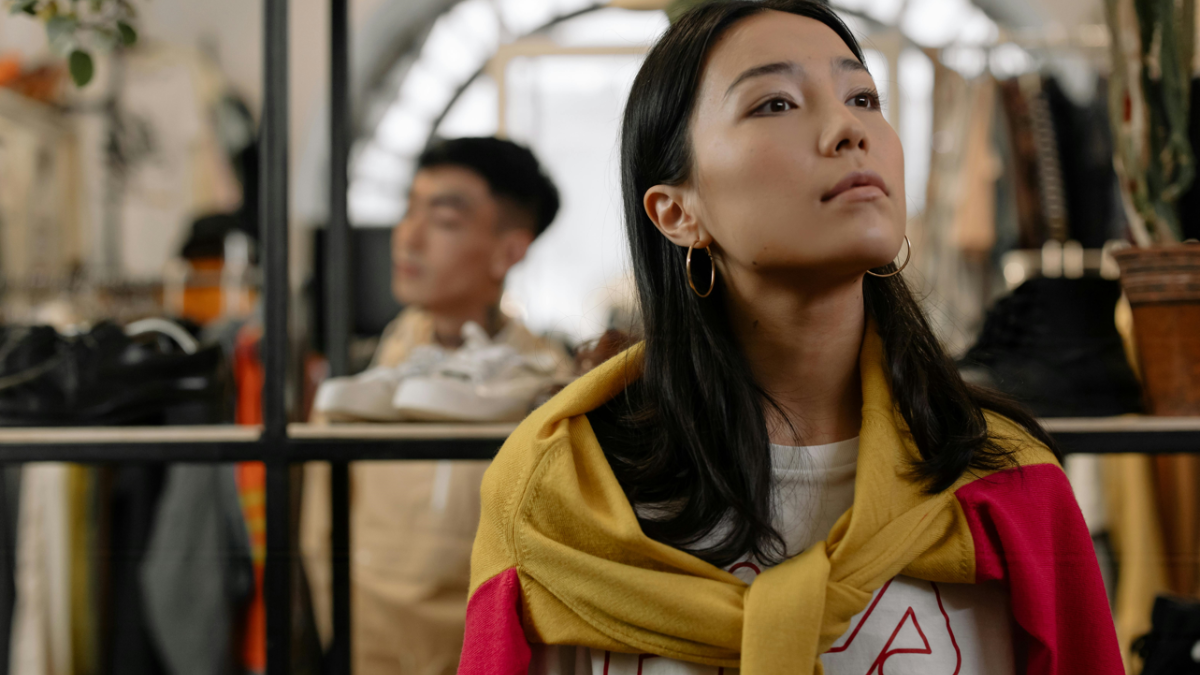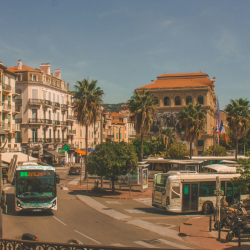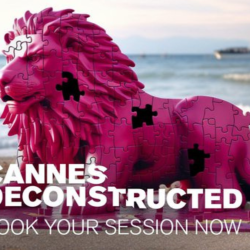Brand purpose still in the forefront
Brand purpose has been in the industry spotlight for the last couple of years, and judging by the sessions at Cannes Lions, it’s still all the rage. The main driver of this is Gen Z. As Richard Edelman, CEO of Edelman, emphasised, 60% of consumers say they won’t buy from brands that won’t take a stand. Moreover, consumers believe they can push brands to take a stand.
Brand purpose today is considered a strategic and functional asset centred around the brand’s soul and business model, rather than just a PR trick. Data from McKinsey shows that combining creativity, data analytics and purpose can drive above market growth – at least twice compared to competitors. Only 7% of companies do all three successfully.
Experience matters
Improving customer experience becomes more and more important. During Kantar’s BrandZ session, where the world’s most valuable brands were revealed, Kantar CMO Nathalie Burdet discussed the four main factors that drive 70% of demand. Unsurprisingly, experience comes first. “Strong brands meet the expectations of new trialists and continually deliver superior experience to regular users,” explains Burdet. Similarly, Accenture Interactive CEO Brian Whipple revealed that companies that are experience-led outperform their competitors in profitability by a factor of six. The other three factors that drive demand, according to Burdet, are consistent, relevant and memorable communication efforts, functionality, and convenience. It is argued that Amazon, which held its place as the most valuable brand for the third consecutive year, is a perfect example of a company that brings together all these factors.
King of the cookieless world
The rise in privacy regulations and the move away from cookies render targeting less and less feasible. Sinan Aral, Massachusetts Institute of Technology (MIT) David Austin Professor of Management, Marketing, IT and Data Science, showed that in a world where targeting cannot be optimized, content can be. In 2017, machine learning processes such as computer vision, optical character recognition and natural language processing allowed companies to acquire the capacity to analyse videos and media files. Companies were able to scrutinize ads frame by frame and understand what exactly leads to increased effectiveness and engagement. These capacities allow companies and agencies to determine the conditions under which a piece of creative can be most effective before it meets the consumer. In a future where media optimization decreases, content increases in value.
Social gaming
According to Activision Blizzard’s 2021 consumer media consumption report, 91% of consumers report that their online media consumption has increased during 2021. While this isn’t surprising, gaming was reported as the top digital media consumed and it’s easy to see that gaming has increased in popularity during the pandemic. Activision Blizzard’s report also showed that top engagement was between 10pm-6am, conducted alone. 40% of consumers indicate that social connection is a motivation for playing games.
Andrea Garabedian, Twitch’s Global Head of Sales Marketing and Enablement, revealed that half of Twitch’s 30.8 million daily users say they have met majority of their friends online while gaming. Understanding the gaming industry and integrating brands into these platforms in a seamless, considerate and effective way becomes increasingly important.
Haven’t you heard of the metaverse?
The metaverse represents the idea of a constantly online world that combines the physical and the virtual, a world in which people can interact with each other through avatars. Currently the metaverse uses virtual reality (VR) augmented reality (AR) and elements from the physical world to provide users a platform for social connectivity and unique experiences.
Metaverse is shaping the future of commerce. According to Snap Inc.’s global consumer report, 56% of shoppers agree that AR experiences increase confidence in product quality. “Interacting with products that had AR experiences led to a 94% increase in conversion rate,” revealed Jeff Miller, Senior Director of Global Creative Strategy at Snap Inc.
AR creates an opportunity to provide a more immersive shopping experience. Fashion brands use this technology to enhance user experience. Users can use voice commands for things like changing the colour of the product they’re virtually trying on. They can then purchase the product on Snap. Miller revealed that Gucci reached 19 million users by letting users try on kicks virtually. American Eagle created a virtual pop up store and generated $2 million in income.
Rise of global livestream shopping
Already popular in Asian markets, global livestream shopping is rising in popularity in the West. Facebook CCO Mark D’Arcy told the audience that the pandemic brought on a decade of digital transformation in six months and the biggest change was in retail and e-commerce. According to D’Arcy, global livestream shopping is expected to reach $500 billion by 2023. Growth of influencer marketing, rise of video consumption and increased e-commerce spending are signs that global livestream shopping is about to have its moment.
Featured image: Cannes Lions


